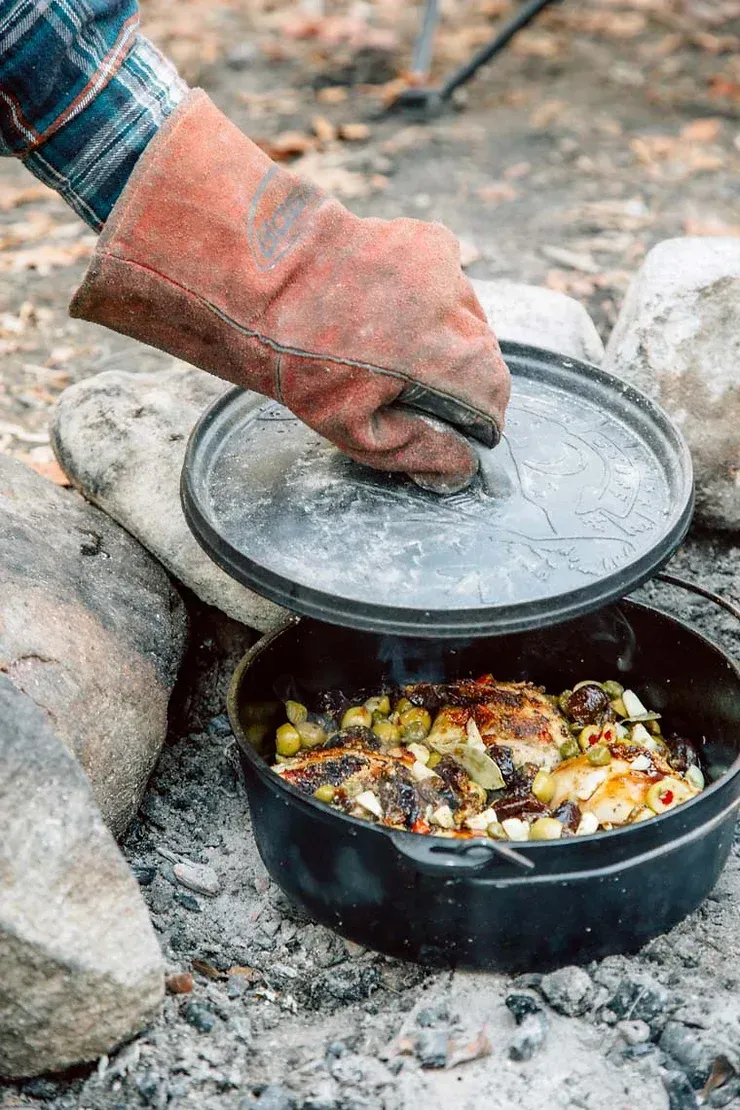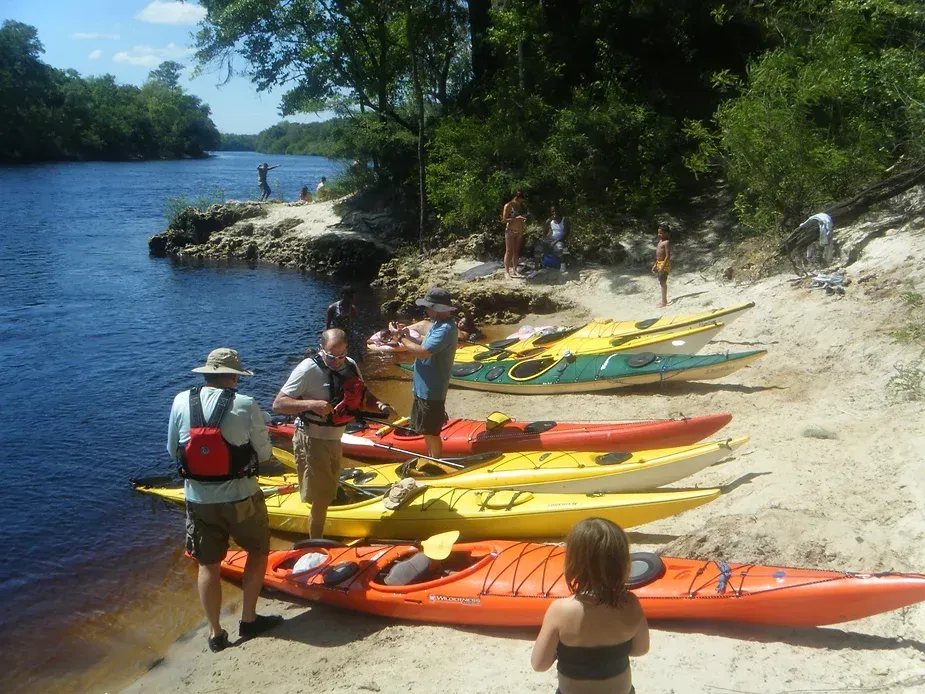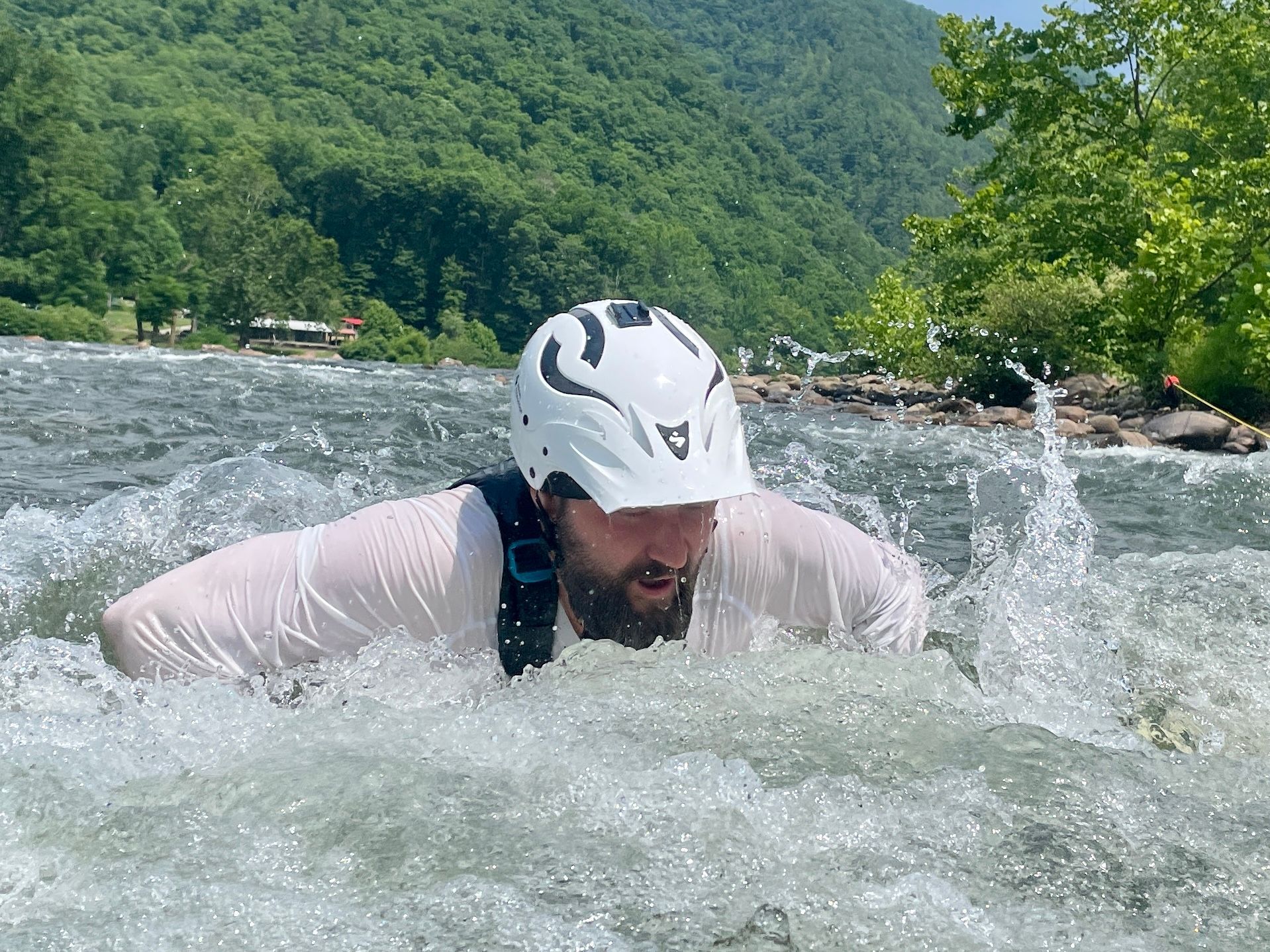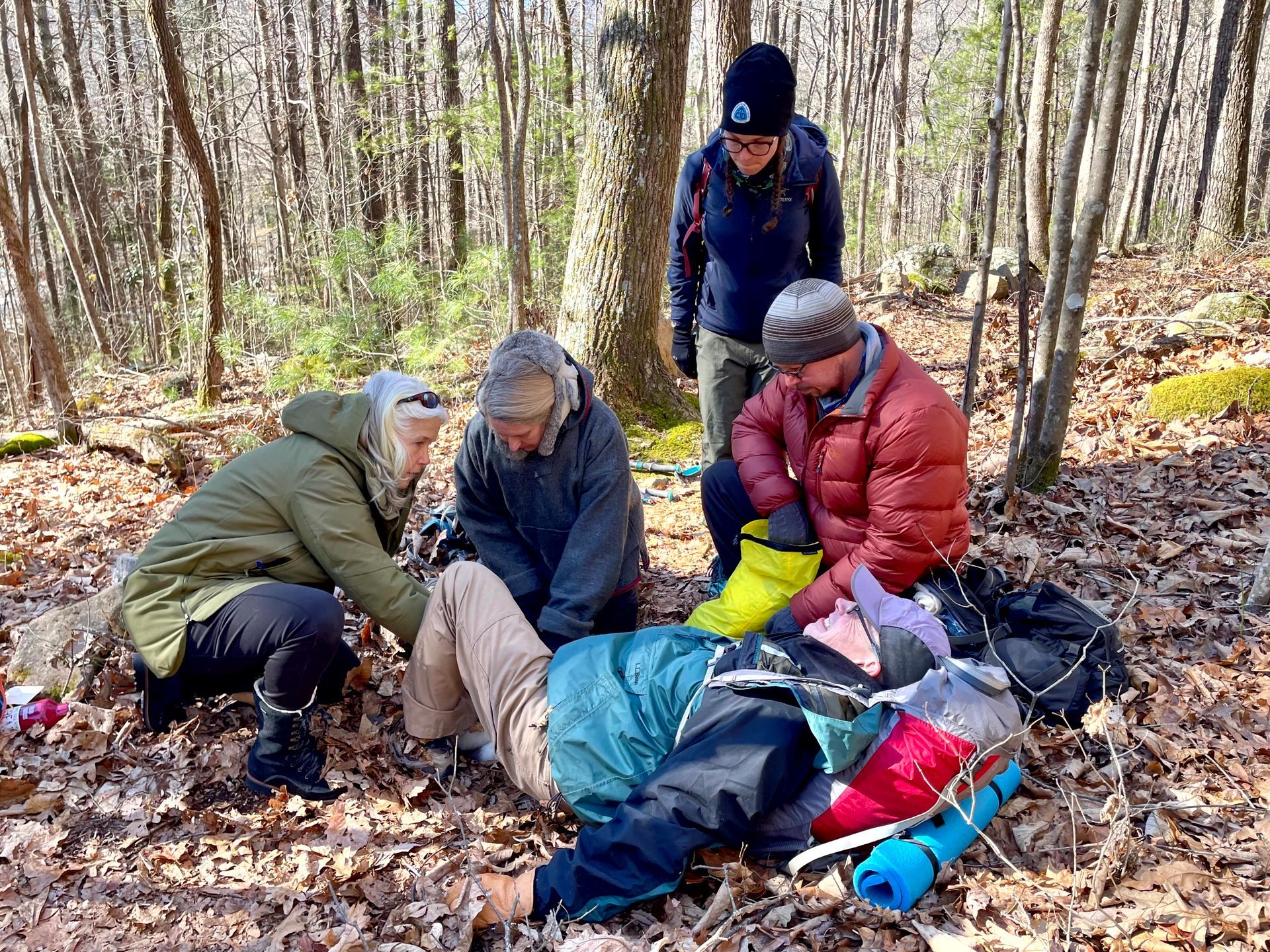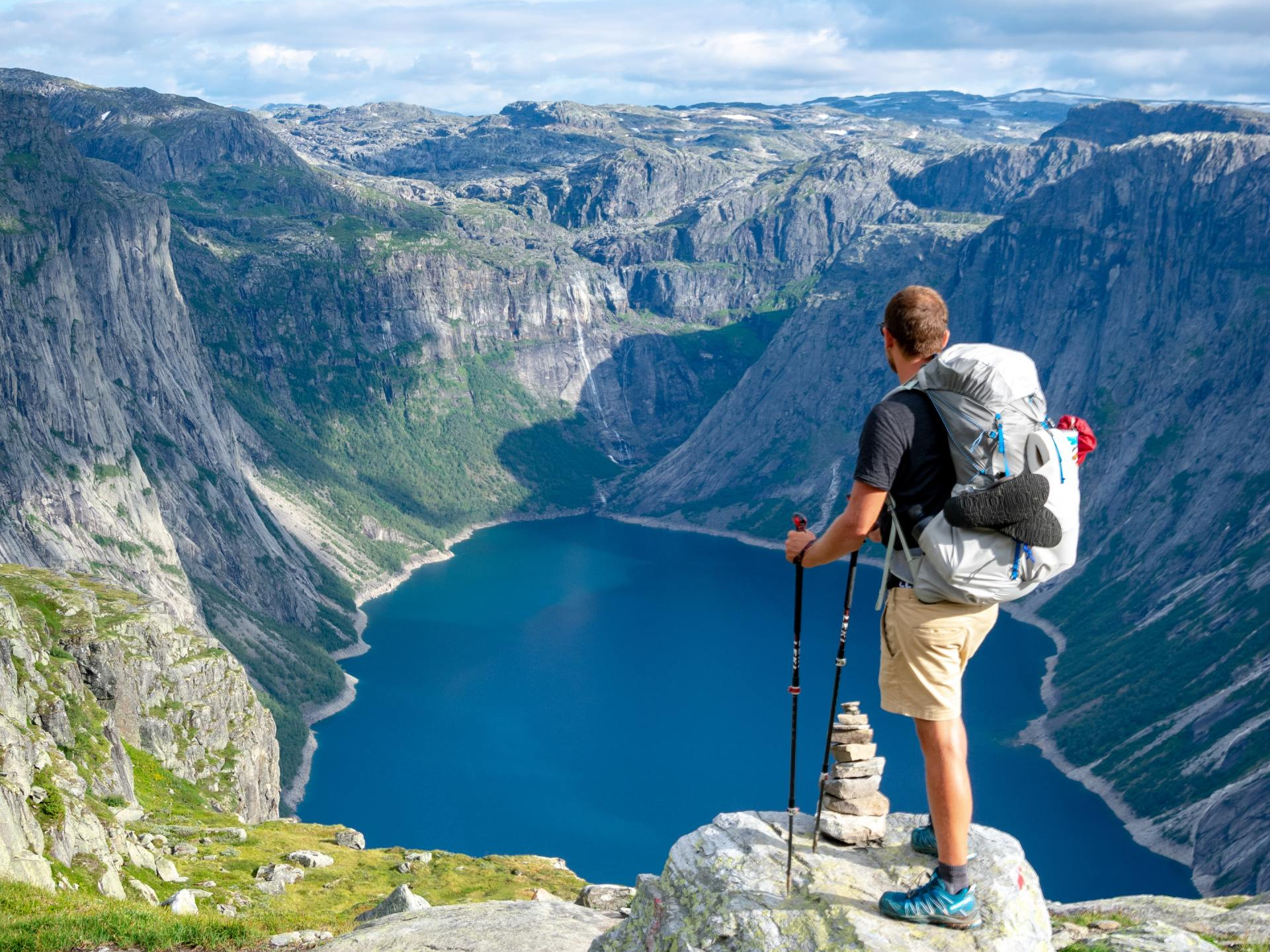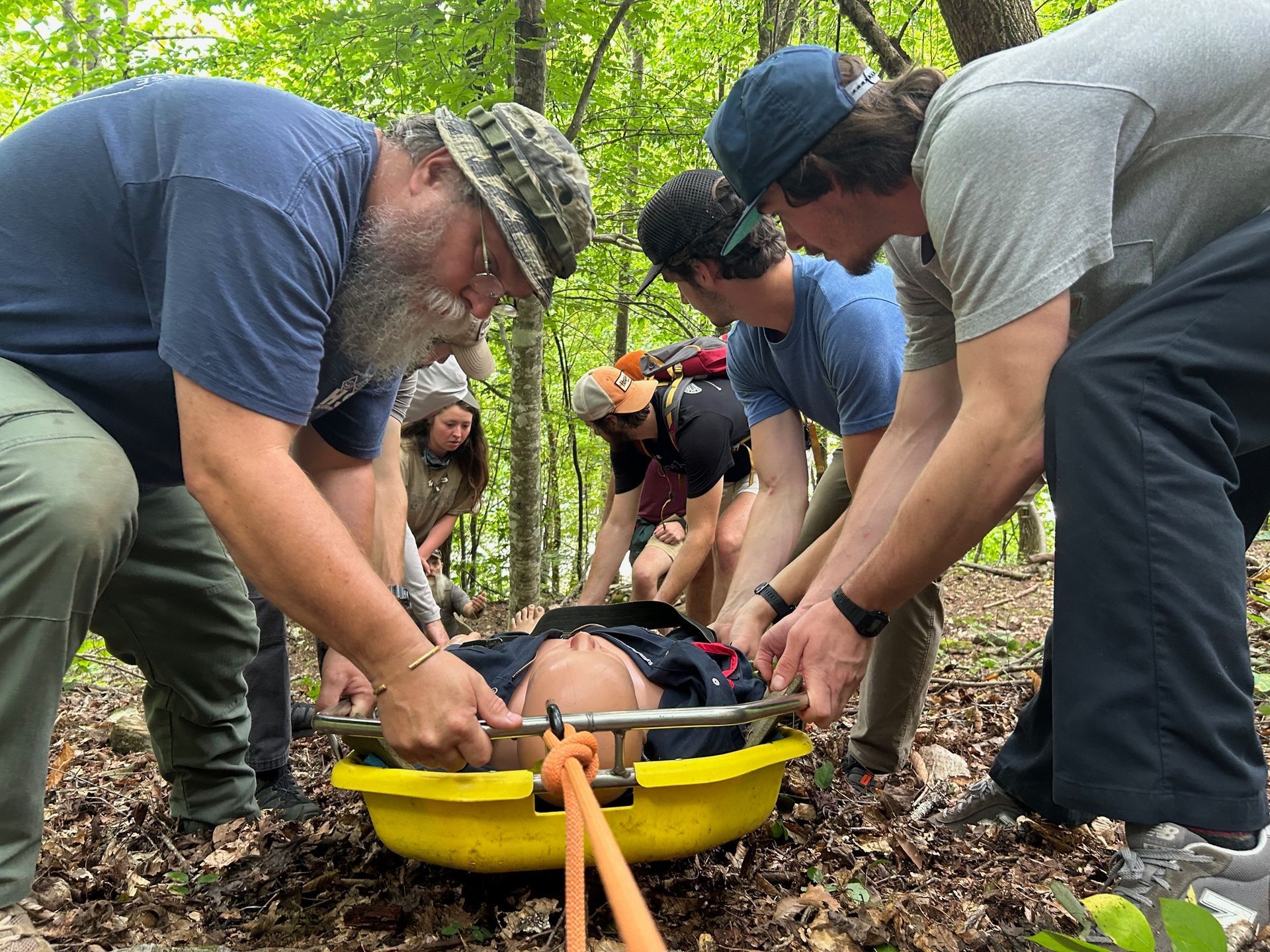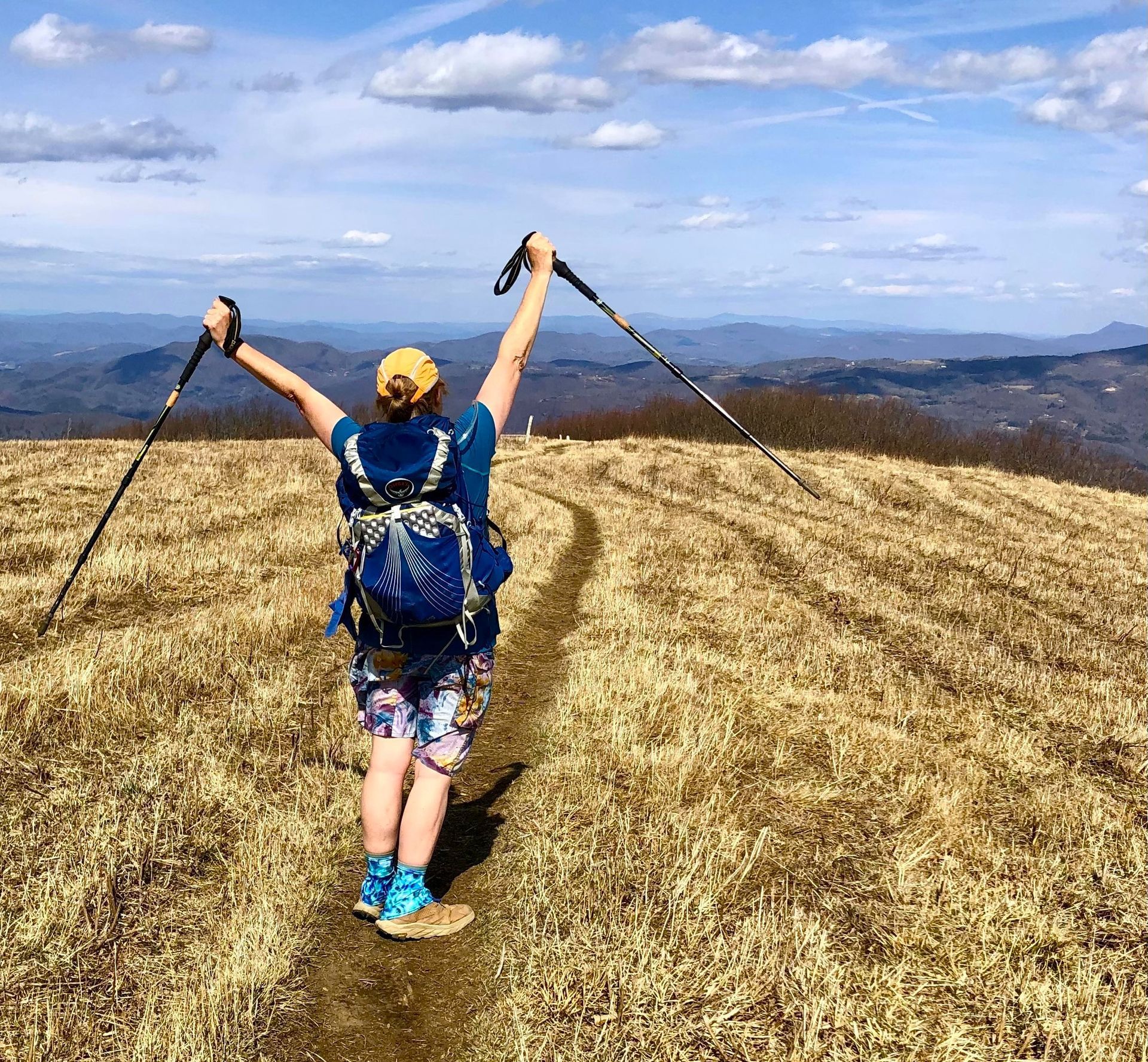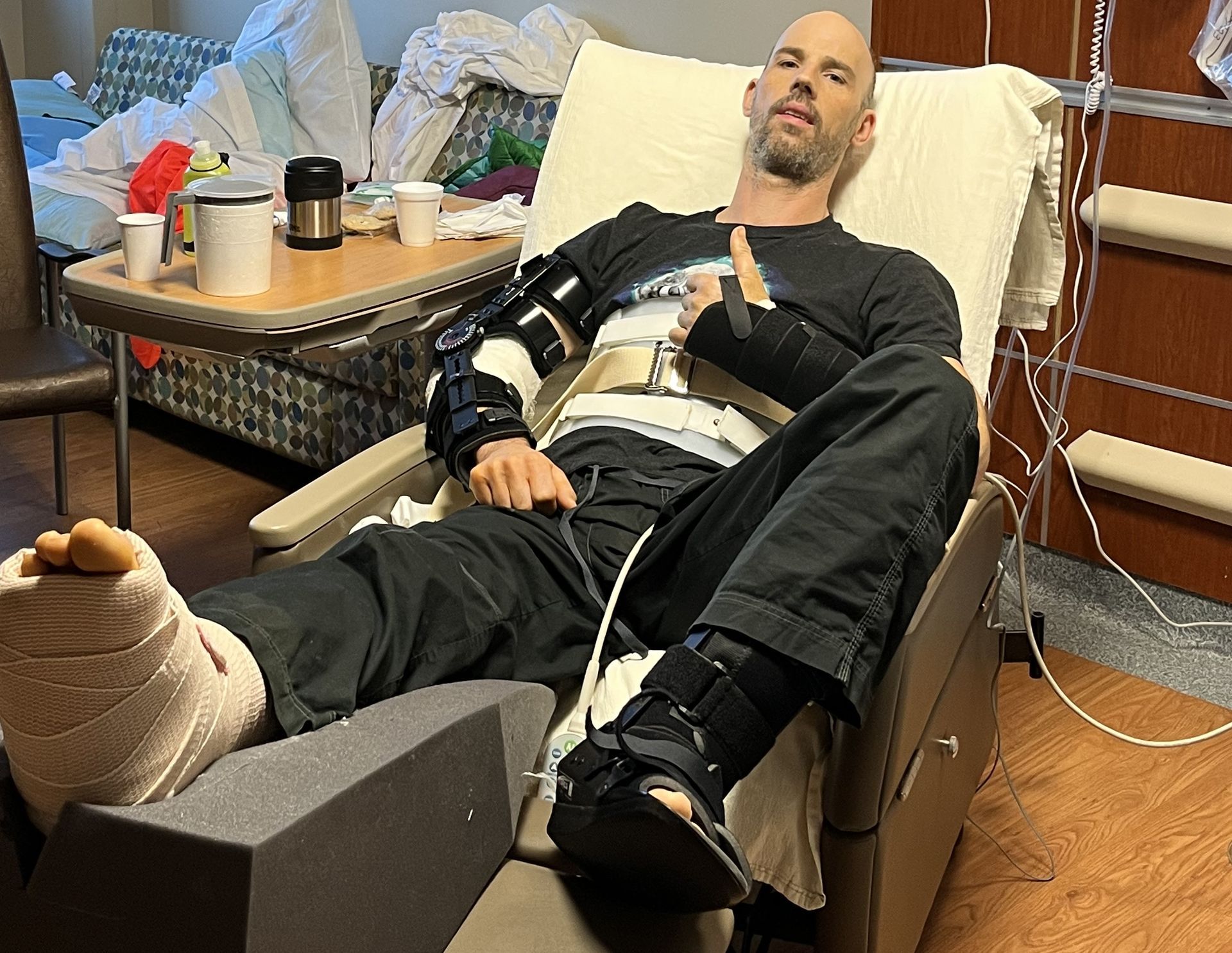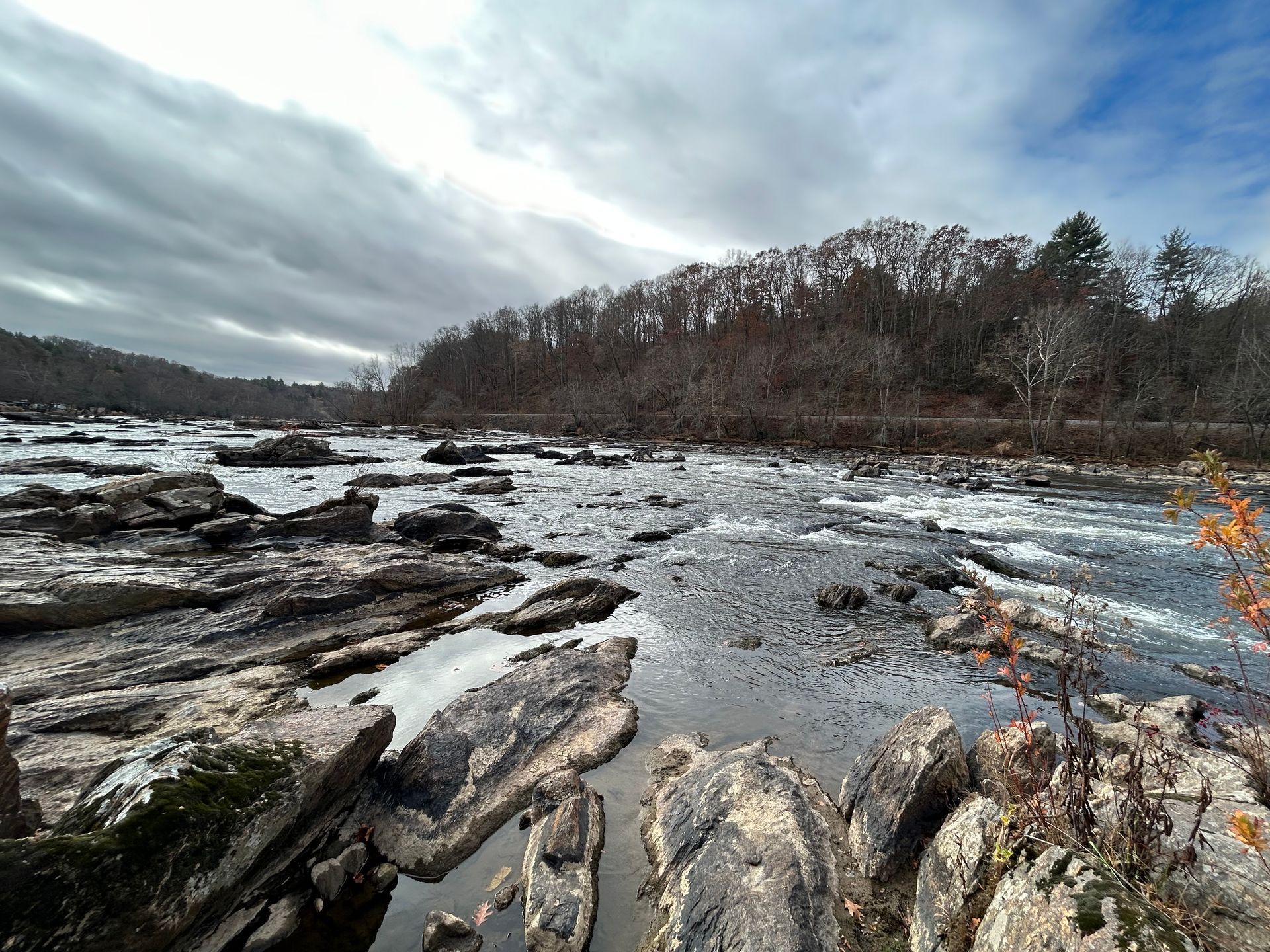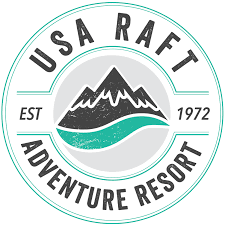How to Appease the River Gods
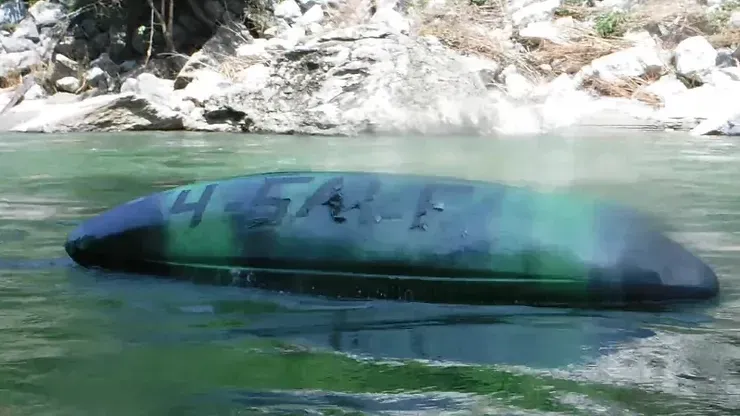
A kayaking friend told me a terrible story today about a time when he found a body in the river.
I won’t go into the details here of how he found her or how he got her out. The part of the story that struck me the most were the events leading up to the tragedy.
This particular boater was in a recreational kayak, not designed for whitewater, on a Class III+ river. She apparently had been on relatively easy sections of the river before, but on that fateful day, had decided to attempt a new section she had never seen. She packed a lunch in a zip lock baggie, and brought a book to read presumably on the sandy shores of the river during her lunch of leisure. She was alone.
She had taken some precautions in case of trouble. She tied a rope from the bow of her kayak to herself, and then on her paddle as well. That rope may have been what trapped her in her kayak after she flipped in a rapid with a difficulty level well above her skill set.
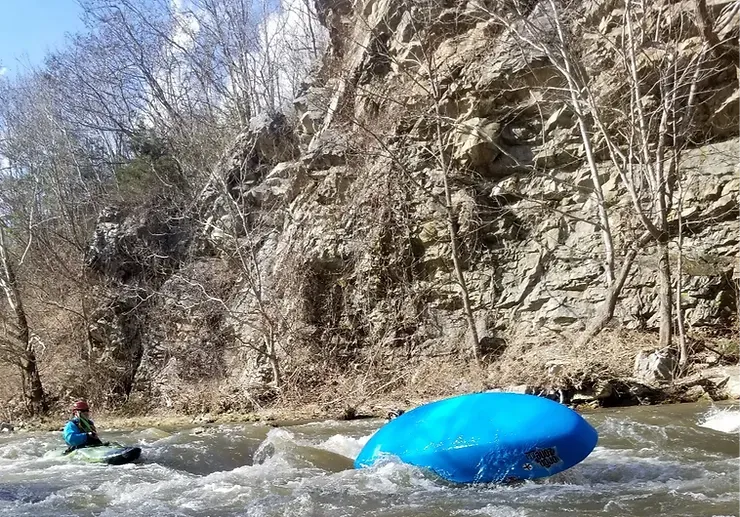
Whitewater paddlers regularly make comments about the will of the river gods and magical thinking. It is usually done in a joking way, and usually after a swim or other unfortunate circumstance. As in, “Wow… I always nail that boof.. That was a loooong swim. I guess the river gods are mad today!” In all honesty though, we know we made some error along the way that led to our beat down.
How do we appease the river gods? Different paddlers have different answers. Though in my experience paddlers aren’t particularly superstitious, I’ve heard many different answers to this. It usually involves some sort of gear sacrifice to the river: sunglasses, Nalgene bottle, throw rope, or -- in extreme cases -- paddles and boats.
But what do the river gods really want? Occasional sacrifices? A pair of sunglasses twice yearly? A sacrificial fire into which you throw a prusik cord, one Nalgene bottle, and white sage? Probably not.
What the “river gods” really desire is competent and well-trained paddlers.
While the very nature of whitewater paddling by definition has a certain amount of unpredictability, it’s not totally out of our control. The most dire consequences are totally avoidable with the appropriate amount of practice doing hard moves on easy rivers, pool sessions when possible, practicing rope throws, good mentorship, and focused training.
At NOLI, we take time every spring before classes start to have refresher classes in Wilderness First Aid, Swift Water Rescue, and instructor-to-instructor paddling sessions to discuss common experiences and best practices.
Everyone is rusty after the winter months when paddling opportunities are less frequent. All skills are perishable without reinforcement and practice. Often times those weak spots in our technique or reflexes are where the “river gods” will strike. We can increase our odds of success with consistent training and humble self-reflection about where we’re at and where we’d like to be.
I’m as guilty as anyone. When I fail to execute a monster boof, or get flipped by a radical curler wave, or my paddle gets snagged by a “paddle snake,” I’m happy to blame it on supernatural intervention. But I also understand when I am saying, “the river gods must be angry today,” that it is actually a euphemism for, “Wow, I really messed up!”
The sacrifice that the river gods really want is time and effort. By taking the time each and every year to do an honest self-inventory of skills we need to improve, and taking the time to polish those skills in a safe and controlled environment, we are far less likely to find ourselves in a dire situation with potentially tragic consequences. This is true for every level of paddling, from flat water to extreme whitewater.
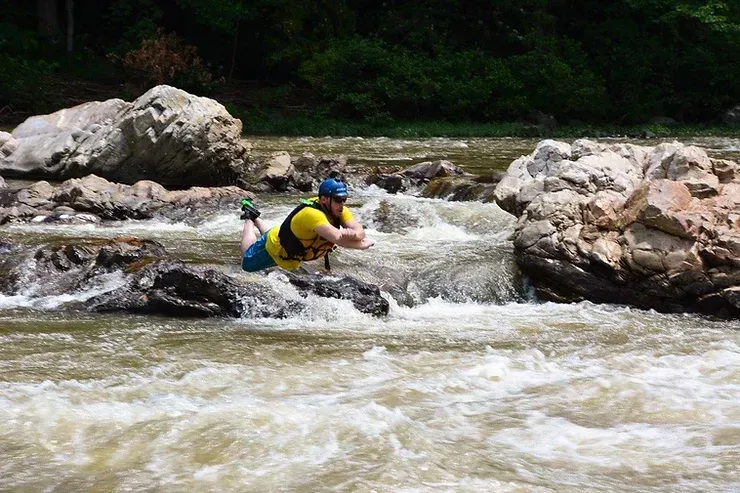
When was the last time you practiced accurate rope throws? How consistent is your roll? Yeah.. your offside roll too. When was the last time you had to do a combat roll? Will you be ready the next time the river asks you to do one? Are all your locking carabiners in good working order? Are you personally physically fit enough to participate in your own rescue and swim aggressively in cold, swift water?
The spring is a perfect time to not only go through a gear and personal skills inventory; it is also the perfect time to knock off the dust where needed. If it’s been a while since your last Swift Water Rescue class, sign up for a refresher. If you’re struggling with a consistent combat roll, get with experienced friends who can help you or take our NOLI combat roll class. Start the spring on rivers one class below where you ended last season and work on fundamentals like catching eddys, surfing waves, ferries, and peel-outs.
We’d love to see you in any of our classes. Most importantly though, we’d like to see you enjoying the river and appeasing the river gods to paddle another day. While risk on the water can’t be eliminated, the sacrifice of time by putting in the effort to get appropriate training each and every season will make the river gods, and yourself, very happy with the results.
SYOTR
Brad
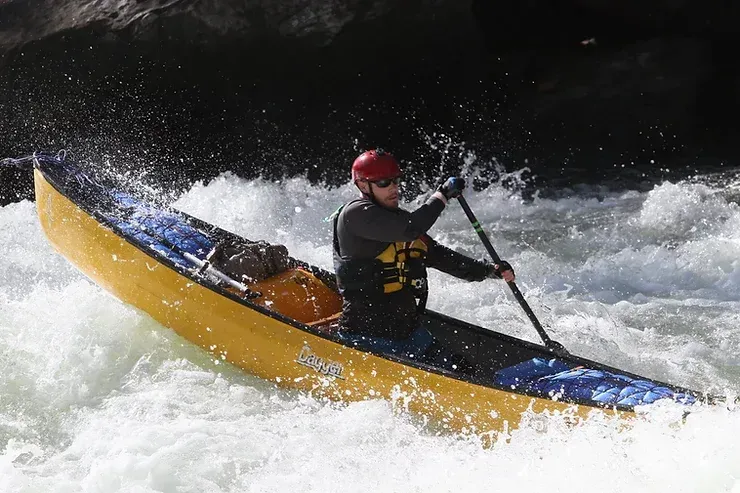
Brad Eldridge teaches whitewater kayaking and canoeing. To learn more about the types of class offerings that Brad teaches go to www.nolilearn.org/kayak and www.nolilearn.org/canoe.

